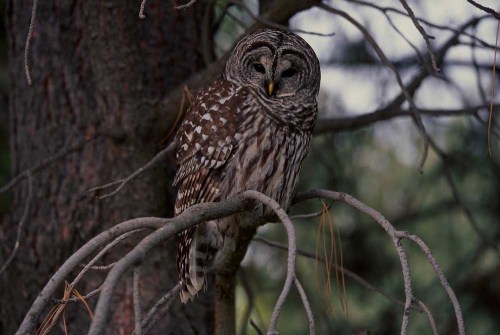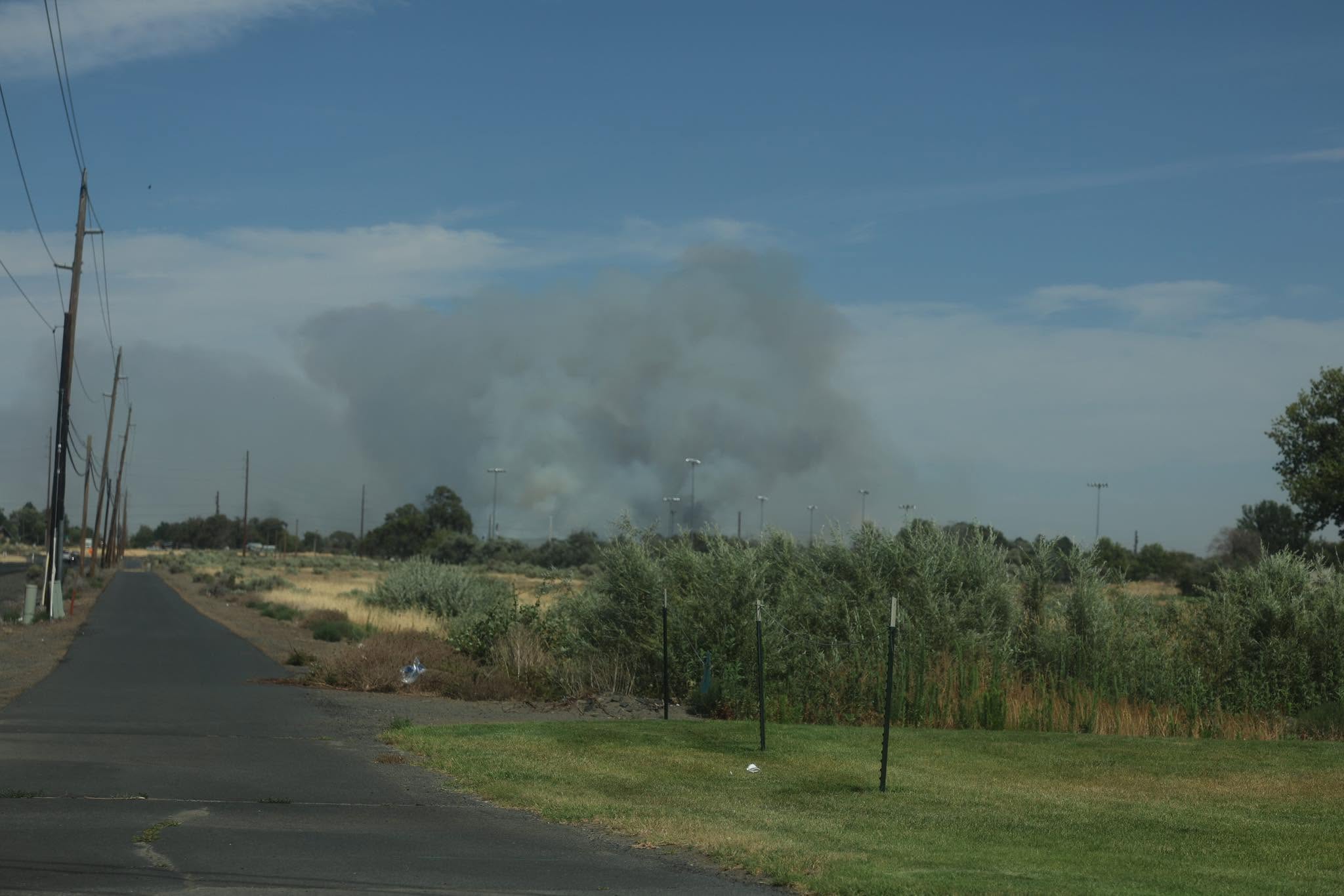This Land is Our Land: Killing barred owls not an easy call
Published 5:00 am Wednesday, September 4, 2024

- The barred owl has spread into the Cascades and is starting to outcompete the native spotted owl. The U.S. Fish and Wildlife Service has started a large, long term effort to shoot barred owls.
We need to have some empathy for some of today’s wildlife biologists in Oregon and Washington.
Most wildlifers chose their profession because of a love of wild places and wild things. I know that was true for me, and even when working as a forester or fire manager or district ranger, my core motivator was the free self-sustaining populations of wild animals.
Occasionally, however, populations of one species of wildlife conflict with another. Such is the case with northern spotted owls and barred owls in Western Oregon, Washington and California.
Spotted owls, that totem bird for old growth forests in the Cascades and Sierras, are in trouble.
Decades of aggressive logging has resulted in a loss of habitat for these birds and their prey, and even after remaining habitat was protected large intense wildfires have reduced their habitat even further. Being old-growth specialists, the future of these owls is in doubt.
Now a new threat has flown onto the scene. A closely related cousin from eastern North America, the barred owl, has spread west across Canada and down the Cascades. The barred owl doesn’t seem to be as particular in its habitat needs as the spotted owl, and is starting to compete with, and beat, the native species.
Experimental removals of barred owls (via 12 gauge shotguns) has helped the spotted owl, so the U.S. Fish and Wildlife Service started a large, long term effort to control barred owls. By shooting.
The scale of the effort is mind-boggling, covering up to 30 years and killing perhaps 500,000 barred owls. And that’s where I feel for the heart of the biologists running this program and those who are called on to call in and shoot the owls.
The dilemma is profound. The Endangered Species Act makes it the policy of every federal agency to prevent the extinction of native wildlife species.
This challenge to prevent extinction is not only in law, it is personal. As a biologist and land manager, I felt that to allow a species to go extinct on my watch would be the ultimate professional failure. This includes spotted owls.
Aldo Leopold, the father of wildlife conservation in North America, pointed out that the first step in intelligent tinkering is to keep all of the pieces. Spotted owls included. Leopold’s “A Sand County Almanac” holds a revered place on the bookshelf of most biologists.
You can bet that the USFWS folks that developed and wrote the barred owl removal plan and those that will be shooting the invaders are doing so in a desperate hope of keeping the spotted owl from disappearing as a species. The head of the USFWS in Oregon, Kessina Lee, justified the barred owl shooting by pointing out that “without actively managing barred owls, northern spotted owls will likely go extinct in all or the majority of their range, despite decades of collaborative conservation efforts.”
Owls are lovable. The quiet, mysterious, big-eyed birds with vertical barring on the breast have no awareness of the trouble they are causing for their cousins the spotted owls, or of the angst they are causing in avian biologists.
Personally, I’d find it hard to pull the trigger on an owl, invasive or not, even though I know that conservation of one species sometimes requires the removal of another species. Looking at an owl in those big black eyes over the top of a shotgun would trouble my soul.
As an opinion piece about the owl removal program in the New York Times recently pointed out, “conservation prioritizes protecting species and ecosystems, but the harms to individual barred owls will be tremendous.” A perfect way of putting into words the conflict between managing populations and managing individuals.
Eric Forsman, one of the top authorities on northern spotted owl biology, recommends that we just let the owls sort it out.
There is uncertainty about whether killing barred owls will actually help the spotted owl survive in the long term. After 30 years, will enough old growth forest habitat develop to tip the balance in favor of spotted owls on the landscape? Or will millions of dollars have been spent to remove a few hundred thousand barred owls from the landscape, as effective as dipping a bucket out of the ocean?
Either way, I feel for the folks carrying out this program, pulling the trigger on barred owls that are just doing what owls do.
I wish I could give them all a big hug — the biologists, that is.









